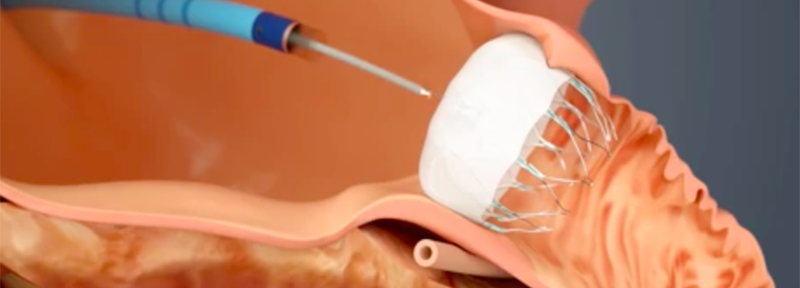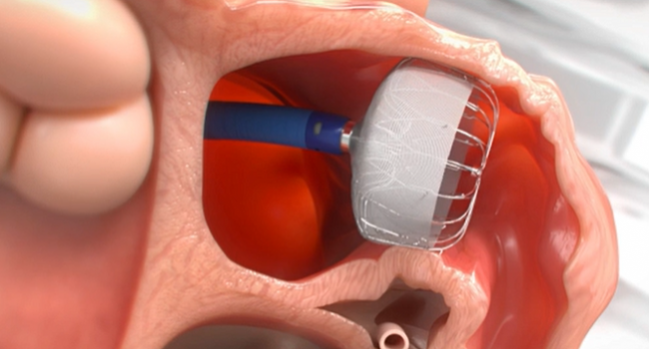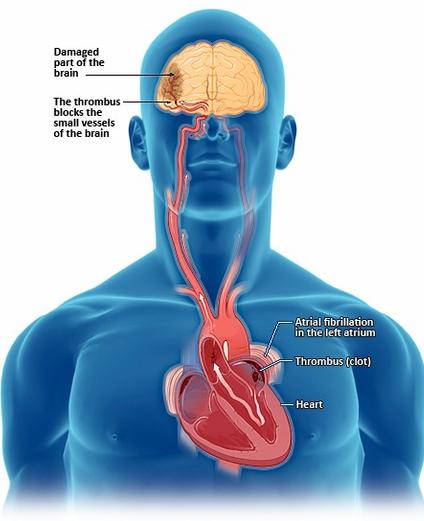left atrial appendage
What causes strokes in patients with atrial fibrillation (Afib)?
Atrial fibrillation causes the top chamber of the heart to stop contracting and quiver very fast. This causes blood to pool in a little pouch that we call the left atrial appendage . If blood is pooling in the left atrial appendage a clot can form and if those clots dislodge and go to your brain strokes can happen.
Patients with atrial fibrillation have on average a five times higher risk of stroke compared to the general population. More importantly, strokes caused by Afib are typically more severe. Reducing the risk of Strokes with either medications or procedures is very important.
If you’re not able to take oral anticoagulation (or blood thinners) due to prior bleeding or high risk of bleeding or because of your lifestyle there is an alternative today.
Left Atrial Appendage Closure with the Watchman Device
Left atrial appendage closure is a procedure where we go through your leg into the heart and use a device to occlude the appendage. Over a few weeks heart tissue grows over that device occluding completely and preventing the passage of blood from the heart to the appendage. Ultimately reducing your risk of stroke without the need to take blood thinners. These procedures have been shown to be safe alternatives to blood thinners and have been performed in tens of thousands of patients in the United States. Today in the United States there’s two approved left atrial appendage closure devices: Watchman flex and amulet device. Both devices are used endocardially – what that means is we go from the femoral vein from your leg into the heart and we’re able to close the appendage. A few weeks after the procedure we’re able to stop blood thinners.
Atrial Fibrillation (Afib) is a condition that can impact your quality of life and cause strokes. Afib treatment should be individualized to meet each patient’s needs.
Dr Jose Osorio
Miami, FL
Read More About AFib:



